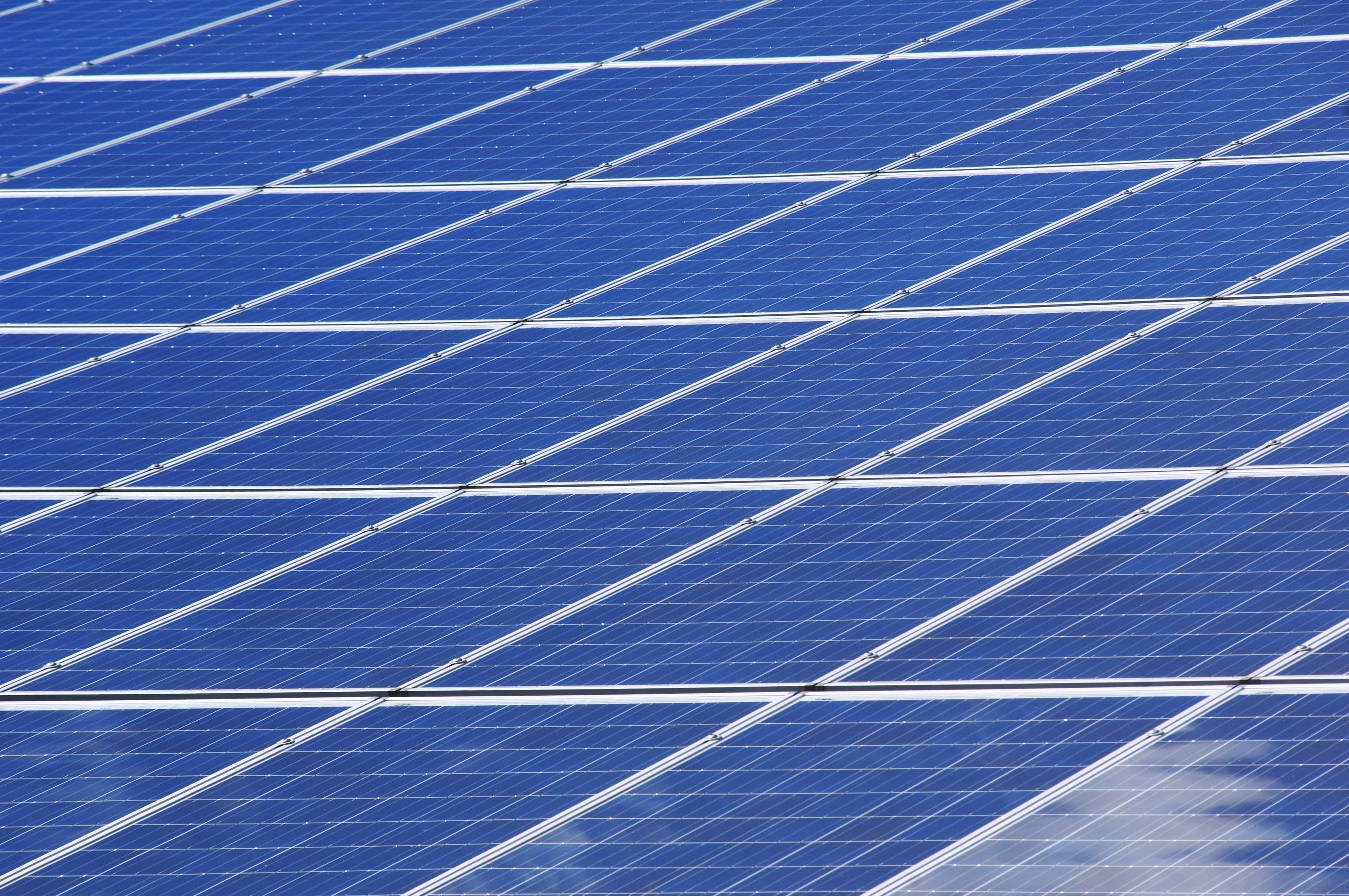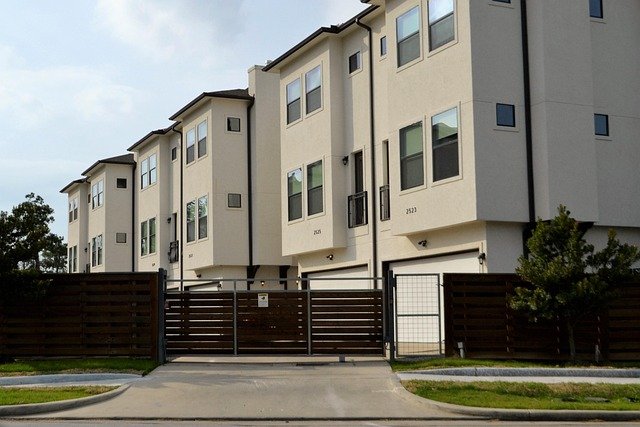The Future of Home Energy: Understanding Solar Battery Storage Systems
Solar battery storage systems have revolutionized how households manage and consume energy, offering unprecedented control over electricity usage while reducing dependence on the traditional power grid. These innovative systems capture excess solar power generated during daylight hours, storing it for use during peak periods or when the sun isn't shining, enabling true energy independence for homeowners.

The Rise of Home Solar Battery Storage
Home solar battery storage adoption has grown exponentially in recent years, driven by declining technology costs and increasing energy prices. Modern systems integrate seamlessly with existing solar panel installations, allowing households to maximize their renewable energy investment. The technology has matured significantly, with current systems offering longer lifespans, improved efficiency, and enhanced reliability compared to earlier generations.
How Solar Battery Systems Boost Energy Autonomy
Solar battery systems provide homeowners with genuine energy independence by storing excess solar power for use during non-generating hours. This stored energy can power homes during evening peak rates, cloudy days, or grid outages. Many households achieve 80-90% energy self-sufficiency with properly sized battery systems, significantly reducing their reliance on grid electricity.
Smart Features for Modern Home Energy Management
Today’s solar battery systems incorporate advanced technology for optimal energy management. Smart monitoring systems allow homeowners to track energy production, storage, and consumption in real-time through mobile apps. Automated systems can predict usage patterns, optimize charging cycles, and even participate in virtual power plants, where excess stored energy can be sold back to the grid during peak demand periods.
Key Advantages of Solar Battery Integration
The benefits of solar battery storage extend beyond energy independence. These systems provide backup power during outages, protect against rising electricity costs, and reduce carbon footprints. They also help stabilize the broader electricity grid by reducing peak demand and enabling better integration of renewable energy sources.
Investing in Solar Batteries: Systems and Costs
| Battery System | Storage Capacity | Estimated Cost (AUD) |
|---|---|---|
| Tesla Powerwall 2 | 13.5 kWh | $12,000 - $15,000 |
| LG RESU 10H | 9.8 kWh | $9,000 - $12,000 |
| Sonnen eco 9.43 | 9.43 kWh | $11,000 - $14,000 |
| BYD B-Box HVM | 11.0 kWh | $8,500 - $11,500 |
Prices, rates, or cost estimates mentioned in this article are based on the latest available information but may change over time. Independent research is advised before making financial decisions.
The initial investment in a solar battery system typically ranges from $8,000 to $15,000, depending on capacity and features. While this represents a significant upfront cost, many households recover their investment through reduced electricity bills within 5-7 years, particularly in areas with high energy rates or favorable feed-in tariffs.
A comprehensive solar battery storage system represents a significant step toward sustainable, self-sufficient home energy management. As technology continues to advance and costs decrease, these systems are becoming increasingly accessible to homeowners seeking greater control over their energy consumption and costs while contributing to a more sustainable future.




